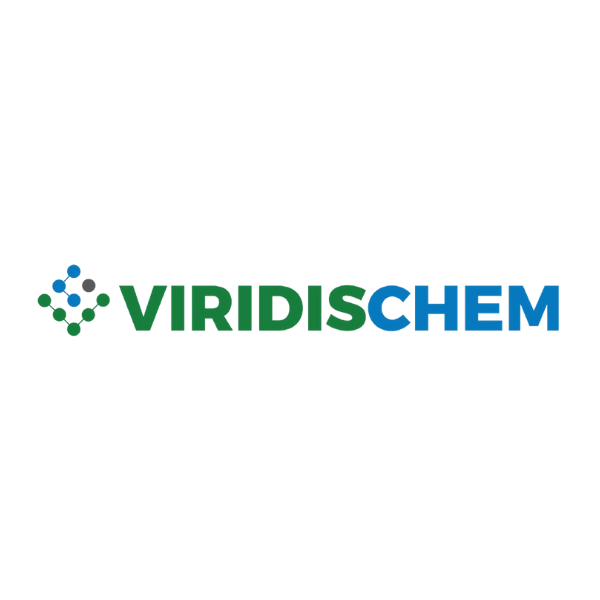A group of chemicals known as PFAS (Polyfluoroalkyl Substances) are behind a variety of products that we use everyday that make our lives a little bit easier. They line pizza boxes and fast-food packaging so grease doesn’t seep through, form nonstick coating on many pans, make fabrics and carpets stain-resistant, and help outdoor gear and clothing repel water. They are widely used to make water-, grease- and stain-repellent coatings and many industrial applications.
Why are PFAS bad?
According to the US Agency for Toxic Substances and Disease Registry (ATSDR), animal studies have shown that an excess of PFAS can harm our heart, liver, reproductive, and renal systems and lead to cancer. There is also some evidence that they can increase cholesterol levels and increase blood pressure in pregnant women, leading to birth defects and dangerous conditions such as pre-eclampsia. PFAS can also change liver enzymes and decrease the vaccine response in children.
Because PFAS chemicals are so widely used and contaminate the environment in so many ways, and because they are long lasting chemicals, components of which break down very slowly over time, are persistent and bio-accumulative— Environmental Protection agencies worldwide like EPA, ECHA, UNEP are worried that they have caused water and solid contamination globally. PFAS are found in the blood of people and animals all over the world and are present at low levels in a variety of food products and in the environment. Because of its wide use, scientists and regulators are having difficulty in tracing the exact routes that PFAS chemicals may take as they find their way into human blood.
Different industries have tried to address this problem
Although the original PFAS chemical used to make Teflon has been taken off the market, Teflon and other brands of nonstick cookware are still produced with new PFAS that are equally unsafe. Two decades ago, salts of perfluorooctanoic acid and the next-generation alternative, Chemours’s GenX, were introduced as better alternatives. However these substances have proven to be equally toxic, and have been found polluting drinking-water supplies.
Recent efforts by governments and organizations around the world
The US-EPA has recognized 9,252 chemicals as PFAS; and the National Institute for Environmental Health Sciences (NIH) has isolated several of the most prevalent of these as PFNA, PFHxS, PFHxA, PFDA, PFOS, PFBS. PFOA, PFOS.
Since 2000, EPA has been reviewing alternatives to PFAS and has received hundreds of alternatives of various types. The review is focused on evaluating the new substances to identify whether the range of toxicity, fate and bioaccumulation issues that have caused the past concerns with perfluorinated substances may be present, as well as any issues that may be raised by new chemistries, in order to ensure that the new chemical may not present an unreasonable risk to health or the environment.
Among the alternatives, many shorter chain-length (SC) PFAS telomeric substances have been submitted to EPA for review as alternatives for a variety of uses including, for example, textile, carpet and paper additive uses and tile surface treatments.
According to OECD (2020) PFASs and Alternatives in Food Packaging (Paper and Paperboard) Report on the Commercial Availability and Current Uses, short-chain (SC) PFAS and non-fluorinated alternatives to long-chain (LC) PFAS are available on the global market and can be used to produce paper and board for use in food packaging. These substances meet the high grease and water repellency specifications required for the common food and pet food packaging uses. For some applications, non-fluorinated alternatives have a performance advantage over SC PFAS.
There are technical challenges to moving from LC PFAS to SC PFAS and from SC PFAS to non-fluorinated alternatives. However, the main obstacle to substitution from SC PFAS to non-fluorinated alternatives is the cost differential, since the alternatives are more costly, and solutions must be explored to minimize the cost of adoption of the new solutions.
Recently the maker of GORE-TEX® announced that it will offer a new option for the key membrane that provides waterproofing in its consumer outdoor clothing products. The new membrane will be made without the use of PFAS.
Conclusion
The efforts invested by the industries and the complementary regulatory efforts by the government bodies are encouraging and hopefully the recent momentum and awareness about the PFAS will lead to long term solutions that will benefit human and animal health.
Learn more about PFAS And need to integrate toxicity analysis early product development by an industry leader Kirsten Sinclair Rosselot:
Learn how ViridisChem Inc., based in San Jose, California can provide the critical toxicity analysis of every chemical:
ViridisChem is a software company offering essential toxicity data and tools for companies to move towards sustainable product development.
We have the world’s most comprehensive toxicity database with over 90 million chemicals, and utilizing this data, our software tools provide toxicity analysis of chemicals, mixtures and formulations, and product development processes.
Demonstrations

Chemical Analyzer for Lab Safety

Chemical Analyzer for Process Development
